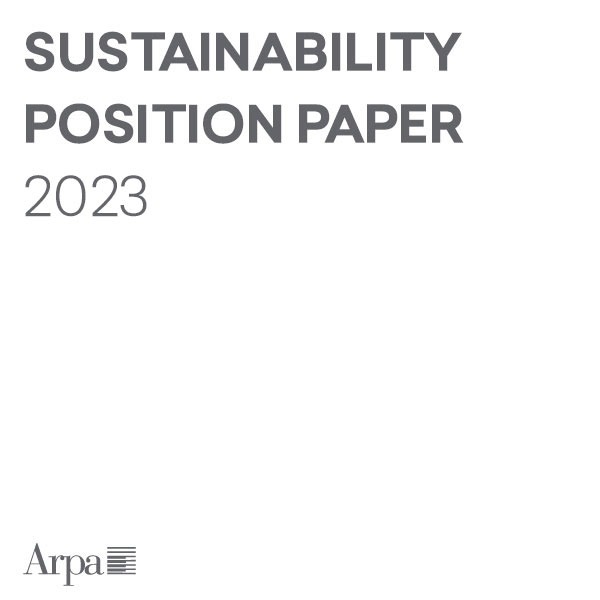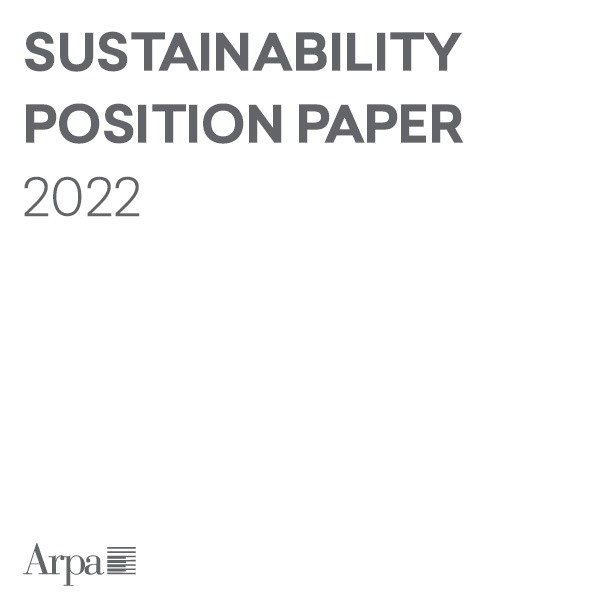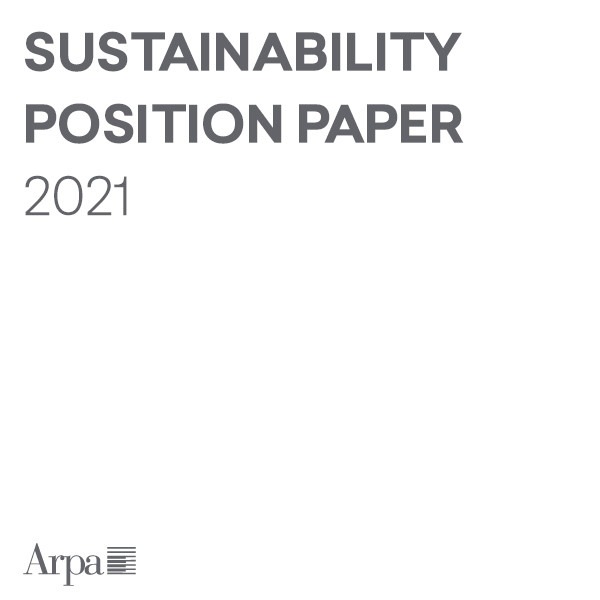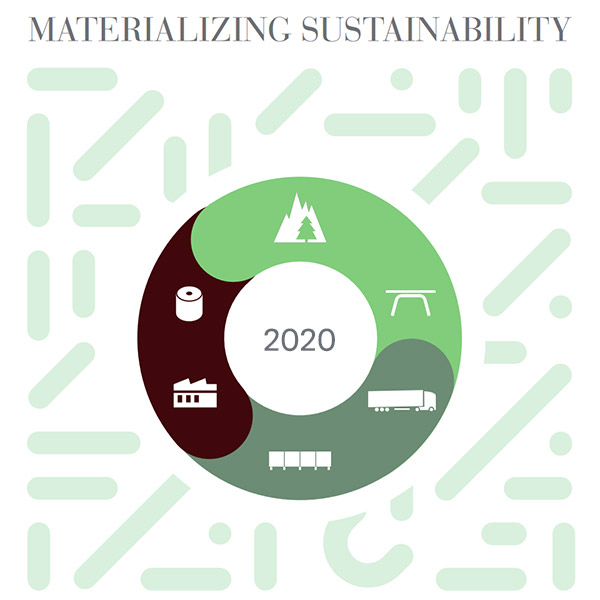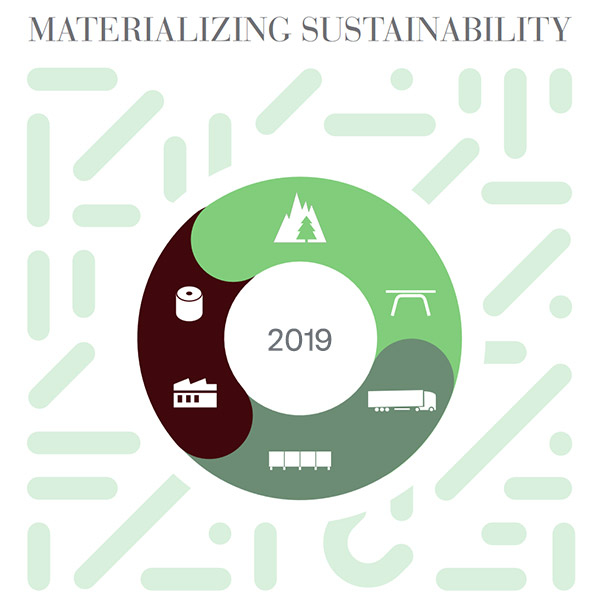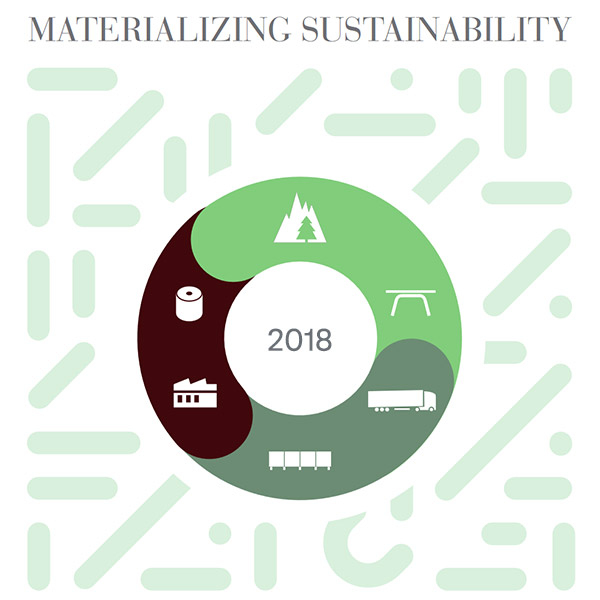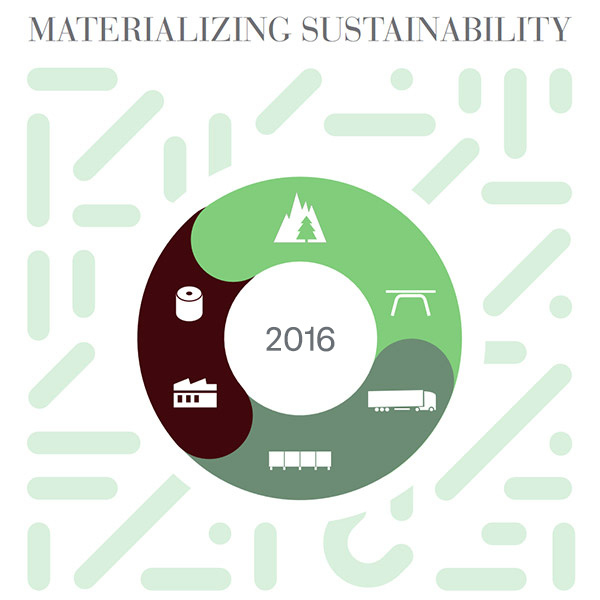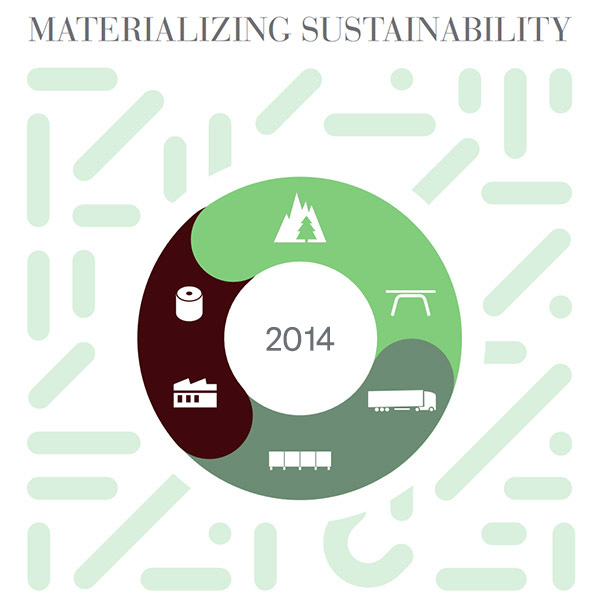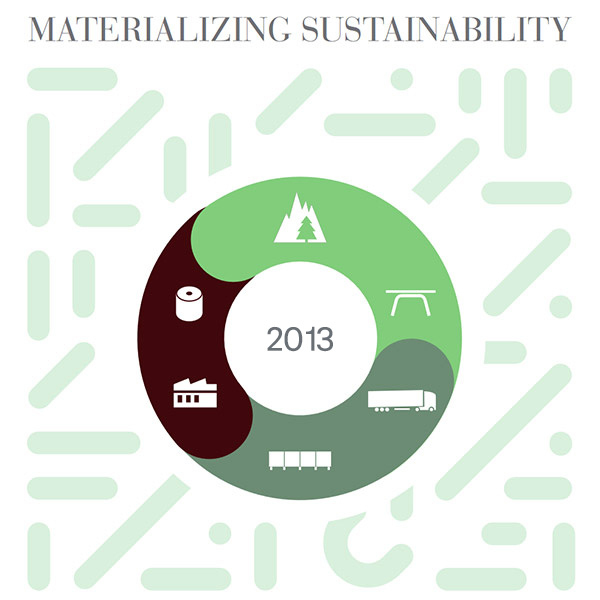WHAT WE DID SO FAR
Our Learnings and Progresses. Over the past years we put a lot of effort in embracing a sustainable approach by measuring and improving our environmental impacts. Since 2019, our three key environmental indicators have shown an impact reduction (carbon footprint by 20%, primary energy demand by 22%, water footprint by 25%). The main contributors to the impact changes in all categories were switching to 100% renewable electricity as of 2020, increased use of less impacting input materials, and higher energy efficiency.
The Contribution Analysis of our Manufacturing Process. Each manufacturing step of the laminates’ production contributes to a different extent to the total environmental impact of our laminates.

Knowing the main drivers of environmental impacts along the manufacturing process is the starting point for the definition of effective strategies to reduce the impacts of a company. Therefore, we identify environmental hotspots along the process for three indicators: carbon footprint, primary energy demand, and water footprint. This means that we analyse which are the most impactful materials and the most impacting aspects in the production process, such as heat and waste generation. This assessment is the basis for the development of projects to improve our environmental performance, focusing on the most impacting elements along the manufacturing process.
WHAT IS AHEAD: SUSTAINABILITY ROAD MAP TO 2023
Cradle-to-gate Targets. We have set ambitious targets to improve our environmental footprint by 2026, compared to the 2019 baseline:
- Carbon footprint: -28%
- Primary energy demand: -8%
- Water footprint: -5%
To reach such targets, we focus on making our manufacturing process more and more efficient, on using and developing, wherever possible, bio-based chemicals, and on choosing the least energy-intensive raw materials.
Since 2019, we have cut greenhouse gas emissions through electricity generation. Indeed, since 2020 electricity used at Arpa is fully generated from renewable sources. Moreover, we have developed the Bloom technology, where lignin, a natural bio-based polymer, is used to reduce the phenol contained in the core resin by 50%.
Currently, we are looking for opportunities to continuously optimise the energy and materials used in our process to further progress towards our targets.
Beyond the targets. We aim to educate our stakeholders in sustainability and encourage them to embrace a consistent approach to sustainability. In the next five years, we will reach out to the suppliers that contribute the most to our impact, to explain them our ambitions and goals and to find with them opportunities that will help us to meet our targets. Moreover, trainings and regular updates will be given internally to inform all our people of the initiatives we undertake to lower our impact and to enhance our efforts towards environment protection.
At the same time, we will put continuous efforts to increase the accuracy of our LCA data, by collecting inputs for our LCA model from our suppliers directly instead of retrieving average data from databases and by further improving the accuracy of data collected in our plant.
You may find all our sustainability certificates and environmental product declarations at arpaindustriale.info.


